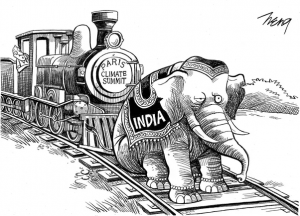Overall, I would say that the experience of writing the Extended Essay was a success as I was really able to understand the basics and foundation of the process undertaken when writing the EE. My research question was “is the use of counterfactual analysis in historical fiction literature significant and of value to historians?” The problem with my essay is that the “significant and of value” part to the question was not explicitly addressed, I did not directly talk about this question and should have done so according to my feedback. Other things that I could have worked on were the introduction, being a bit too general and maybe using more specific examples to back up my point and introduce what I would be talking about in the essay.
Following the PEEL format was also required; I think I satisfied 3/4 of it, but the link towards the main point at the end was vital which I missed out in my first paragraph of evidence talking about why the historian Richard Evans did not see any value in counterfactualism. Making a link back to my main points and directly addressing what I was meant to be arguing was what I missed out on for most of the evidence paragraphs. Some paragraphs required more in depth analysis, having a bit more detail on the view of other historians and other perspectives such as Niall Ferguson, and what they believed what they did.
According to Mr. Sharry, the main point I missed is counterfactualism’s “SIGNIFICANCE BECAUSE IF HISTORY IS TO help draw out empathy we can see what could happened if people had not sacrificed so much”. I would agree with this because I needed to talk about its significance and value more, prove my opinion and point more instead of providing more evidence in the end.

